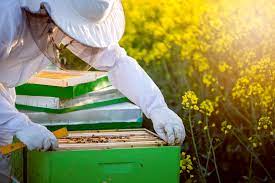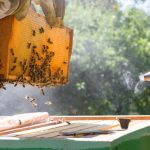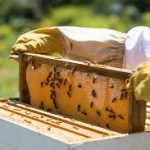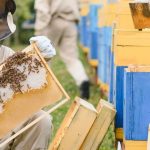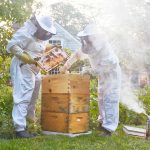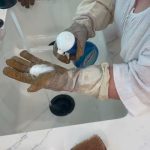A Comprehensive Guide to Starting Beekeeping: A Step-by-Step Approach
Introduction
How To Start Beekeeping? Beekeeping, also known as apiculture, is a rewarding and environmentally beneficial hobby or business. Not only does it provide a sustainable source of honey, but it also plays a crucial role in pollination, supporting biodiversity and agriculture. If you’re considering delving into the world of beekeeping, this comprehensive guide will take you through the essential steps to get started.
Step 1: Research and Education
Before diving into beekeeping, it’s crucial to educate yourself about the fundamentals. Start by reading books, articles, and online resources about beekeeping. Some recommended resources include:
1.1. “The Beekeeper’s Handbook” by Diana Sammataro and Alphonse Avitabile. 1.2. Online platforms like Beekeeping Basics by the University of Georgia Extension.
Understanding the biology of bees, hive management, and common challenges will give you a solid foundation for success.
Step 2: Legal Considerations
Check local regulations and zoning laws to ensure that beekeeping is allowed in your area. Some places have restrictions on the number of hives or their proximity to residential areas. Contact your local agricultural extension office or beekeeping association for guidance.
Step 3: Choose the Right Hive
Selecting the right hive is crucial for the well-being of your bees. The most common hive types are Langstroth, Top Bar, and Warre hives. Consider factors such as ease of management, accessibility, and the type of beekeeping you’re interested in (e.g., honey production or pollination services).
Step 4: Location and Hive Placement
Choose a suitable location for your hive. It should have good sunlight, be protected from strong winds, and have a nearby water source. Ensure the hive entrance faces away from prevailing winds, and place it on a stable, level surface. Adequate space around the hive allows for easy inspections and maintenance.
Step 5: Obtain Your Bees
Acquiring bees can be done through purchasing a package of bees, a nucleus colony (nuc), or capturing a swarm. Research reputable suppliers or local beekeeping associations. Be sure to select a gentle and disease-resistant bee breed.
Step 6: Hive Equipment and Tools
Invest in essential beekeeping equipment, including a protective bee suit, gloves, smoker, hive tool, and feeder. Quality equipment ensures both your safety and the well-being of your bees.
Step 7: Hive Assembly and Setup
Assemble your hive according to the manufacturer’s instructions. Ensure frames are properly spaced, and foundation sheets are installed. Set up the hive in its designated location and introduce the bees to their new home.
Step 8: Feeding and Monitoring
Provide sugar syrup to your bees during the initial weeks to help them establish their hive. Regularly monitor the hive for signs of disease, pests, or issues with the queen. Keep records of your observations to track the hive’s progress.
Step 9: Hive Inspections
Perform regular hive inspections to check for the presence of the queen, assess colony strength, and identify any potential problems. This hands-on approach is vital for preventive care and early detection of issues.
Step 10: Harvesting Honey
Once your colony is strong and thriving, you can harvest honey. Use a bee-friendly approach, leaving enough honey for the bees to sustain themselves through the winter. Follow proper extraction and processing procedures to ensure a high-quality product.
Conclusion:
Starting beekeeping is an exciting journey that requires dedication, education, and a genuine passion for the well-being of these essential pollinators. By following these comprehensive steps and continually educating yourself, you’ll be on your way to establishing a successful and sustainable beekeeping venture.
References:
- Sammataro, D., & Avitabile, A. (2011). The Beekeeper’s Handbook. Cornell University Press.
- University of Georgia Extension. Beekeeping Basics. (https://extension.uga.edu/publications/detail.html?number=B1045)
